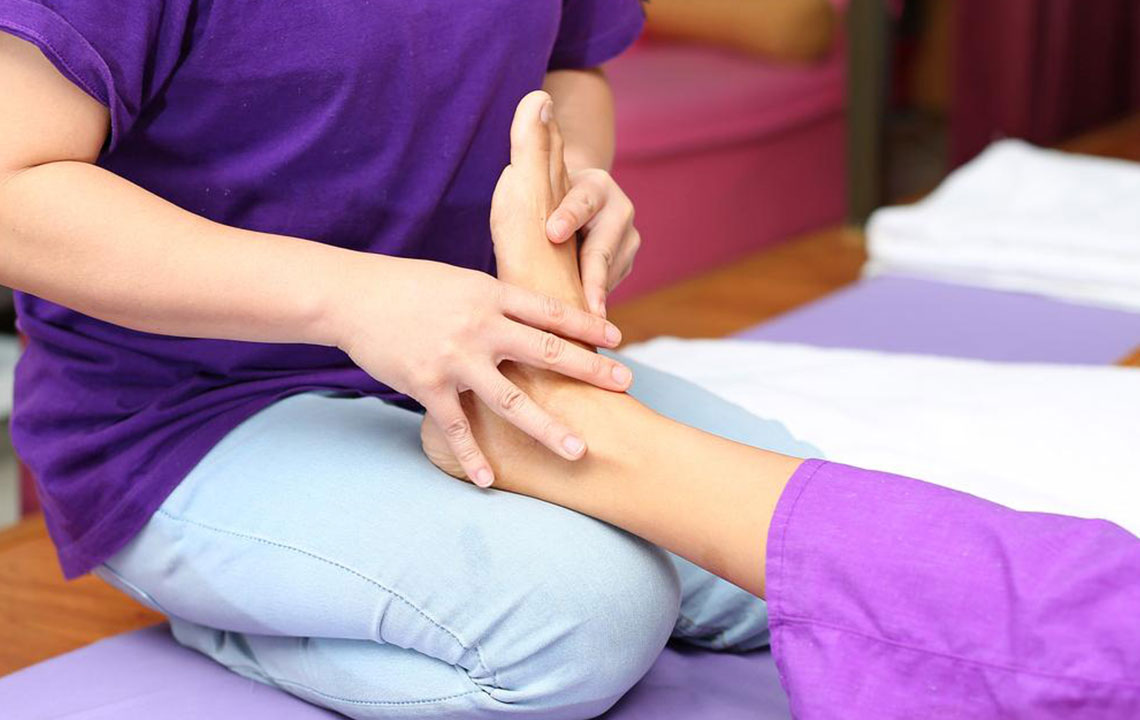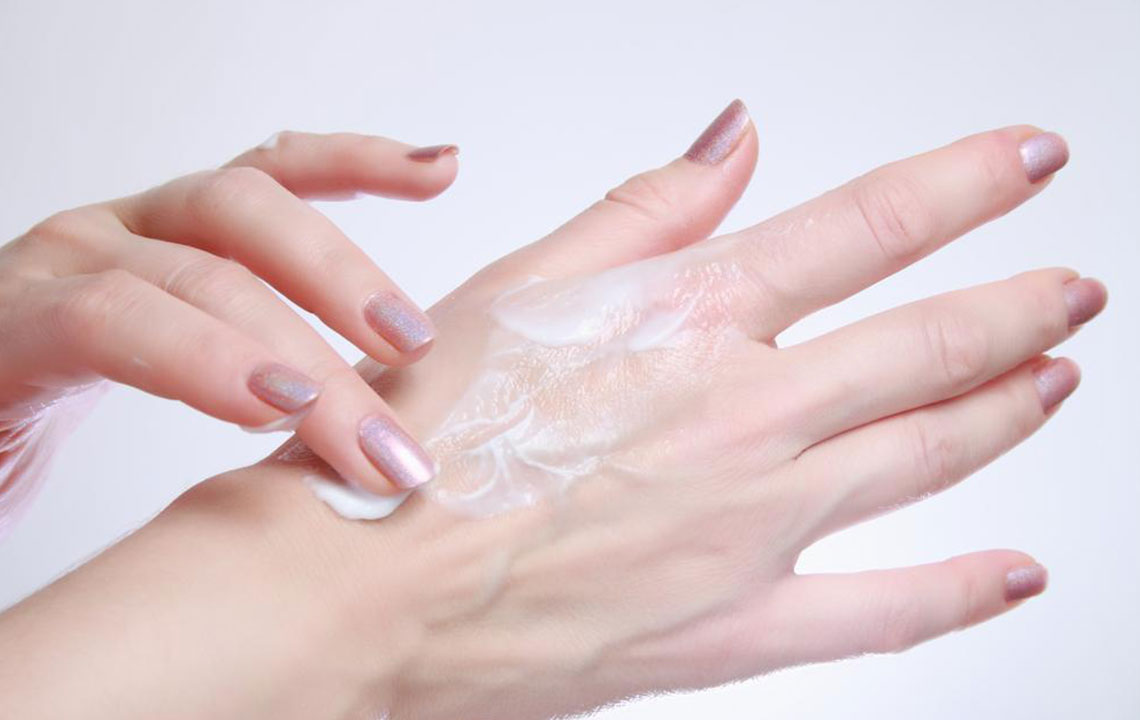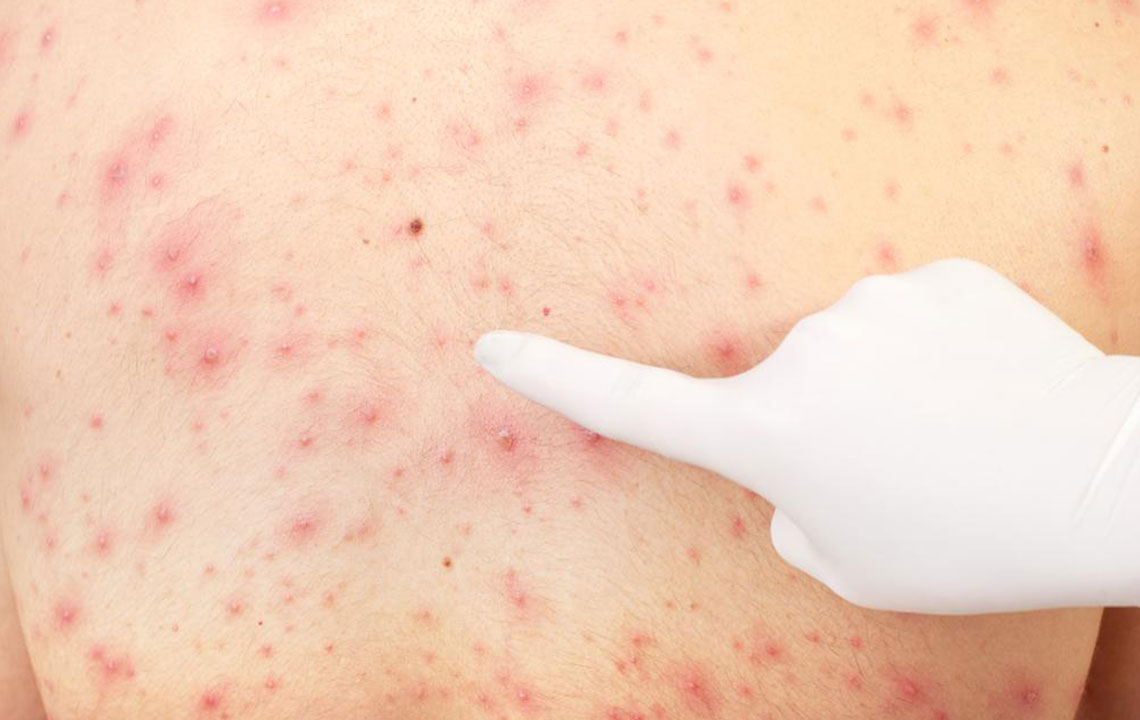
Symptoms
Dry Eye Disease – Symptoms, Causes, Diagnosis, and Treatment
Chronic dry eye disease is a condition in which the eyes do not produce adequate tears to facilitate lubrication in the eyes. This condition is also known as dry eye syndrome, chronic dry eye syndrome, and Keratoconjunctivitis sicca. Unfortunately, there is no permanent cure for the dry eye disease, but it can be treated. Symptoms of dry eye disease People develop one or more of the following symptoms, especially when their eyes are exposed to the computer screen for a long time or when they’re enclosed in an air-conditioned or an air compressed environment. In almost all cases, both eyes show up these symptoms. Stinging, burning, and scratching sensation in the eyes Watery eyes Sensitivity to light Redness in the eyes A sticky mucus formation in and around the eyes Blurred vision Hampered nighttime driving Difficulty in wearing contact lenses If the symptoms of dry eye disease persist, it’s best to get advice from an ophthalmologist at the earliest. Causes of dry eye disease Tears are a mix of water, fatty oils, and mucus. This mixture not only helps to keep the eye surface smooth but also keeps the eyes free from infection. The main cause for dry eye disease is usually a decrease in production, increased evaporation of tears, or imbalance in the composition of the tears.












